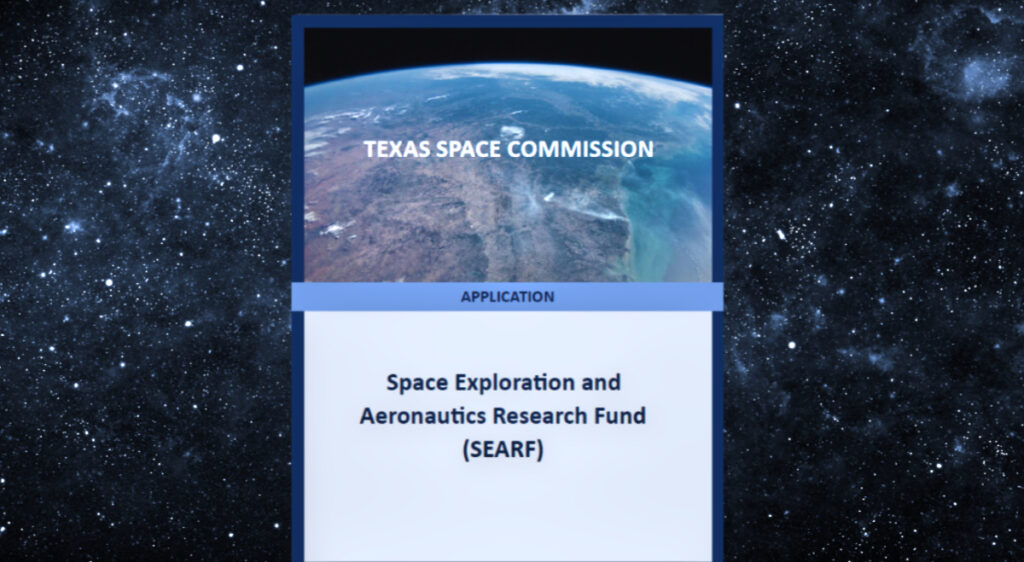
Starlab Space LLC was awarded $15 million, the highest amount awarded to a commercial space company to date, by the Texas Space Commission as part of their Space Exploration and Aeronautics Research Fund (SEARF) grant program.

The intent of the SEARF program is to strengthen the space industry in Texas. The grant to Starlab not only supports a Houston-based business but will also help grow Starlab’s ecosystem of suppliers and customers across the state.
The Systems Integration Lab will include two labs, the main SIL and a Software Verification Facility. The SIL will house flight-like hardware for testing. In this environment, engineers and astronauts can check systems designed for the Starlab space station, catching any potential issues in advance and ensuring efficient and effective operations in space. The SVF will contain a simulated station environment with flight computers and serve as the primary software integration and requirements verification facility.
This award is in addition to the $217.5 million Starlab received from NASA through the Commercial LEO Destinations Phase 1 program to transition activity from the International Space Station to commercial destinations.
“Starlab is setting the stage for life beyond the ISS and a low-Earth orbit environment where a crew with a continuous presence can thrive and accelerate innovative research and development,” said Starlab CEO Tim Kopra. “To ensure the success of our future space missions, we are starting with state-of-the-art testing facilities that will include the closest approximation to the flight environment as possible and allow us to verify requirements and validate the design of the Starlab space station.”
About Starlab
Starlab Space is a U.S.-led global joint venture among Voyager Technologies, Airbus, Mitsubishi Corporation and MDA Space, with strategic partners including Palantir Technologies, The Ohio State University, Hilton and more. Starlab is developing a next-generation, AI-enabled commercial space station, aiming to ensure permanent human presence in low-Earth orbit and a seamless transition of microgravity science and research alongside the retirement of the International Space Station.
